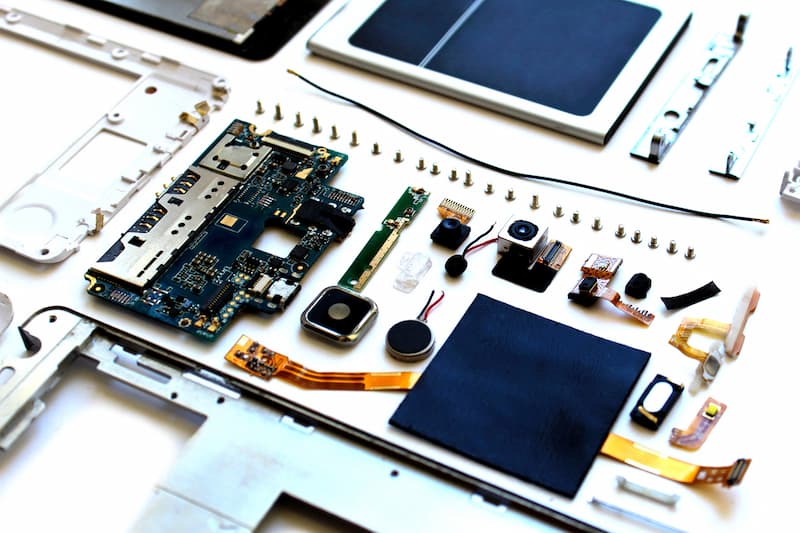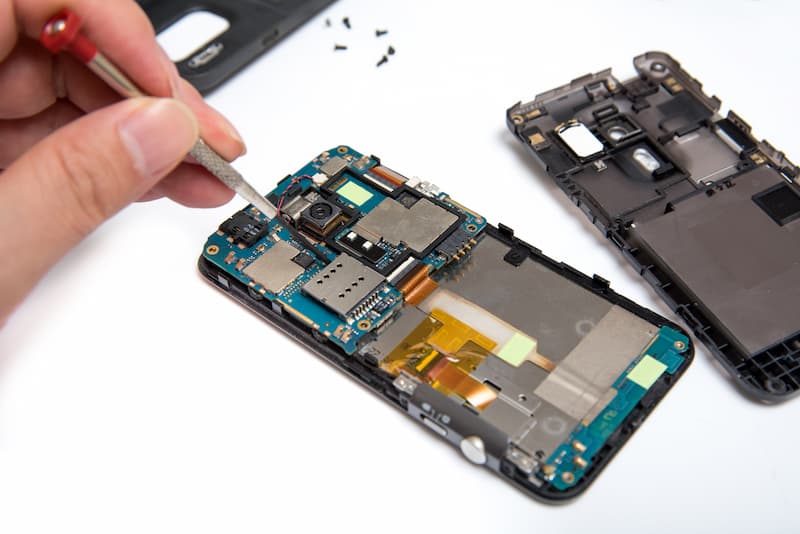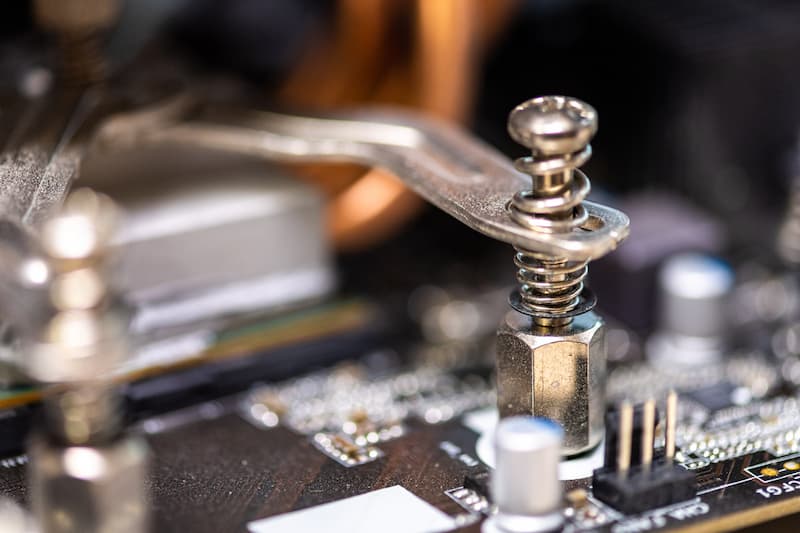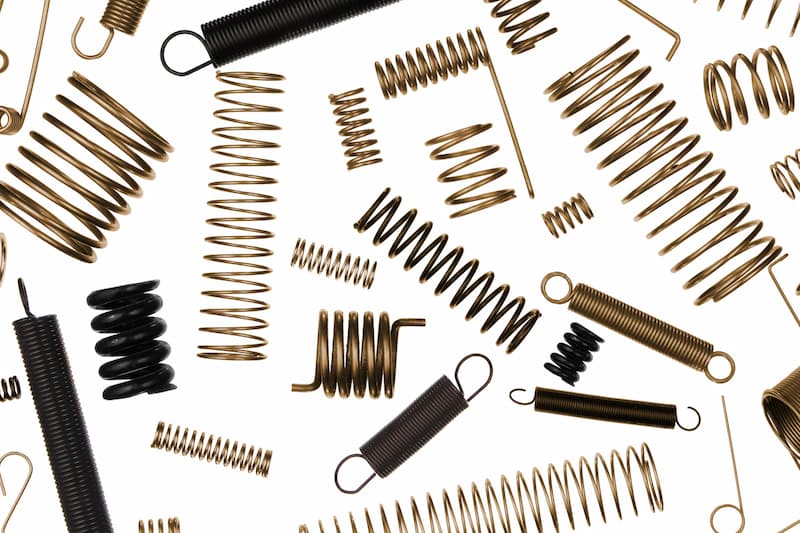Springs are an essential component of almost every complex product. In addition, many everyday objects will require a specific spring design to function correctly, especially electronic devices. Complex devices such as smartphones, laptops and speaker systems are constructed of a staggering amount of miniature components that demand high reliability from their manufacturers.

What Makes Small Springs Popular?
The increased complexity of modern electronic devices is matched by their designer’s goal to make them smaller and more convenient for their eventual owners. This need for a size reduction has increased demand amongst small spring manufacturers who can create miniature equivalents of these existing durable and cost-effective components.
Small spring is a relative term for each spring manufacturer, depending on their wire diameter. Still, at Airedale springs, we specialise in providing many different spring designs with a wire diameter of 0.15mm to 10mm, perfect for even the most miniature applications.
Popular Spring Designs for Electronics
Many different spring designs are individually suited for an array of various tasks. No one spring will accommodate the assortment of different roles the electronics sector demands. The most common ones you’ll find used in the electronics sector are compression springs, strip wire and wire forms. For example, as a compression spring manufacturer, we will often be tasked with creating high-quality compression springs for battery holders, contact buttons, computer mice and many more applications.
Spring Electrical Applications
You can find springs in just about any electrical device or machinery. These can be of varying sizes, designs and materials to best suit each role. For example, kitchen features such as your fridge and washing machine doors will have a subtle spring installed to create resistance and ensure the door is closed after. Small springs can be found within your smartphone as part of its vibration function. A miniature internal motor will need a durable small spring to prevent people from missing calls and notifications.

Spring Materials Suited for Electronics
The increasing complexity of our electronic devices has simultaneously increased the quality required for the internal spring elements. This requirement is not limited to the design specifications but also the materials’ quality.
Not every spring or wire form material will be suited for its role in electrical devices. There are specific factors that need to be considered when choosing the suitable material, such as:
- Strength
- Conductivity
- Resistance to heat and corrosion
Spring Strength
Whether you require small or large components, you must ensure you have pieces made from a strong enough material to fulfil their role. Regardless of design, your springs will usually have a force applied to them to store that energy for later release. Therefore, you need to choose a material that will be strong enough to handle these constant stresses without faltering, called tensile strength.
Spring Conductivity
Scientifically speaking, conductivity involves the passage of electrons from the influence of one electrical field to another. Increased conductivity will make this passage easier and make specific objects, such as touch screen panels, more responsive. This can be affected by the temperature the material is exposed to.
One consideration that is vital when considering components for electronics is their conductivity. Deciding on the material’s ability to conduct electricity will be critical for all electrical components, as whilst most metals can do this, certain materials are more suited. For example, silver, copper and gold are excellent choices for a highly conductive spring or wire form.

Springs Resistant to Heat and Corrosion
How springs and wire forms react to their eventual environmental conditions is vital to consider when choosing your material. For example, the material conductivity can be affected by significant increases or decreases in temperature. Increased heat will usually increase conductivity, whilst the opposite is true when cooled. The material’s alloy ability is what dictates its heat resistance. All electronic components will require a level of resistance due to the heat generated by the device itself. A spring that is heat resistant will provide the additional benefits of being more durable, more flexible, more accessible to weld and resistant to wear also, thereby creating a component with a significantly increased lifespan.
Corrosion resistance is important for metal components to increase their lifespan and is a common consideration when choosing parts that will be exposed to the elements. This issue may seem unnecessary for internal electronic components, but some materials can corrode when in close electrical contact; this is called ion exchange. Ensuring that your springs and wire forms are effective is a vital concern for any designer. You mustn’t take the protective casing of your electrical device for granted when it comes to protecting these components and ensuring the longevity of your device.

At Airedale Springs, We know how important it is that the components within your devices are the most suitable for the job to provide a long-lasting application. As a compression, torsion and tension spring manufacturer, we have a great deal of experience manufacturing the highest quality components for a variety of different electrical applications.

